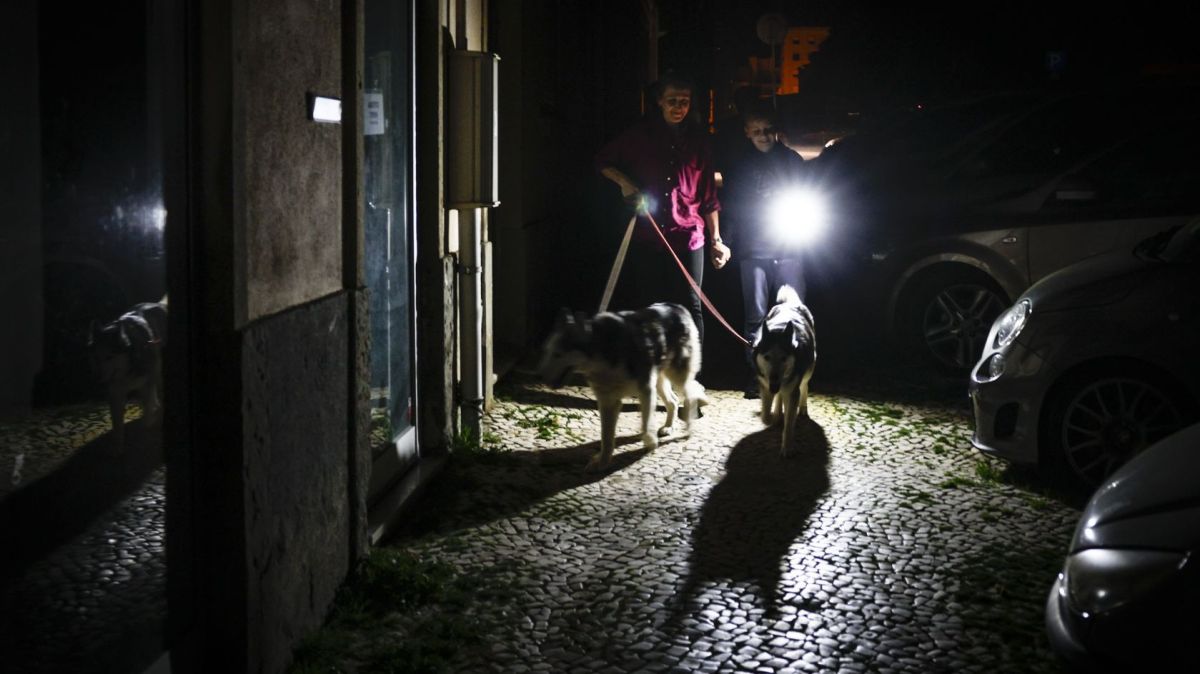The report published today, prepared by 45 experts from grid operators and regulators from 12 countries, classifies the incident as "scale 3" — the most serious level provided for by European legislation — and describes it as "the most significant to occur in the European electricity system in over 20 years," affecting millions of citizens and causing serious disruptions to essential services.
According to analysis by the European Network of Transmission System Operators for Electricity (ENTSO-E), the sequence of failures began at 12:32 p.m. (Brussels time), when several solar and wind power plants in southern Spain suddenly disconnected from the grid, followed by additional losses in regions such as Granada, Badajoz, Seville, and Cáceres. In less than a minute, more than 2.5 gigawatts of generation capacity were taken offline. This outage reduced available reactive power compensation, causing a surge in electrical voltage and triggering a cascade effect across the Iberian Peninsula.
At 12:33 p.m., the Iberian system began to lose synchronization with the mainland grid, registering frequency and voltage fluctuations that could not be stabilized by the automatic defense plans of Portugal and Spain. Shortly thereafter, the interconnections with France and Morocco were also disconnected, consummating the electrical separation of the Peninsula and the total collapse of the Portuguese and Spanish systems.
The conclusions released today are factual in nature and are based on data collected through August 22.
The final report, initially scheduled for October 2026, has now been brought forward to the first quarter of 2026 and will include concrete recommendations aimed at preventing similar incidents not only in the Iberian Peninsula but across the entire European electricity grid.
















It is clear to anyone, atleast if you have a engineer degree, that Spain…and Portugal, must sort out its belief in maximum solar & wind energy production. It is not stable by simple physics and simply do not work. It’s very simple and please remove all people from the authorities that has no education and don’t understand technology. This includes especially politicians as they have no reality check at all.
By Marty from Algarve on 05 Oct 2025, 10:06